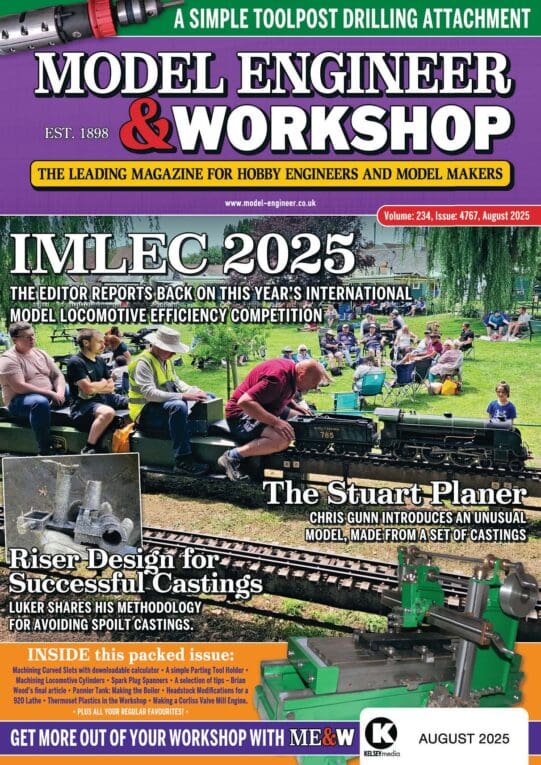Hi all,
Ive just converted a three phase motor from 440V single voltage to 220/440 dual voltage. The original motor, being single voltage, was only 3 wire, therefore I had to dig out the star point and split into three additional leads. I fitted a new 6 post standard terminal block to aid switching in the future.
Well, during this process I managed to rather carelessly find myself with a motor with 6 black wires coming out of it with no labelling whatsoever.
I learn't something new today sorting it out, so I thought I would share the knowledge.
The first step to resolve is to work out which wire belongs to which of the 3 coils. To do this, use a multimeter to measure the resistance between the wires. Start with wire 1 and measure resistance to each other wire in turn until you find a wire with non infinite resistance. It will probably be sub 100 ohms depending on the type of motor. Mark the first "U1" and the second "U2"
Repeat with the 4 remaining wires until you find another pair. Tag these with "V1" and "V2".
Check the final pair and label these as "W1" and "W2"
The second step is to verify the polarity of the windings is correct. To do this, get a 12V DC power supply, or car battery and an analogue DC Volt meter (10VDC scale). The analogue meter is important as you are looking for small deflections in voltage, which you cant normally see on a digital multimeter.
- Connect Multimeter – to V2
- Connect Multimeter + to V1
- Connect Battery – to U1
Briefly touch Battery + to U2. If the voltage reading on the meter deflects +ve then V1 and V2 are correct. If the meter deflects -ve then swap the labels on V1 and V2.
- Connect Multimeter – to W2
- Connect Multimeter + to W1
Again briefly touch Battery + to U2. If the voltage reading on the meter deflects +ve then W1 and W2 are correct. If the meter deflects -ve then swap the labels on W1 and W2.
The next step is to verify the rotation. For this I configured the motor for delta operation, bridging U1-W2, V1-U2 and W1-V2, and then connected L1 of the inverter to U1, L2 to U1, and L3 to W1 and set the inverter to clockwise rotation. If the motor rotates anti clockwise, then swap the labels between U1 and V1, and then swap the labels between U2 and V2. (This last step is optional as you can easily swap rotation of a motor when hooking it up to the power source)
That should pretty much be it.
Hope this is of use to someone.
Graham
John Haine.





